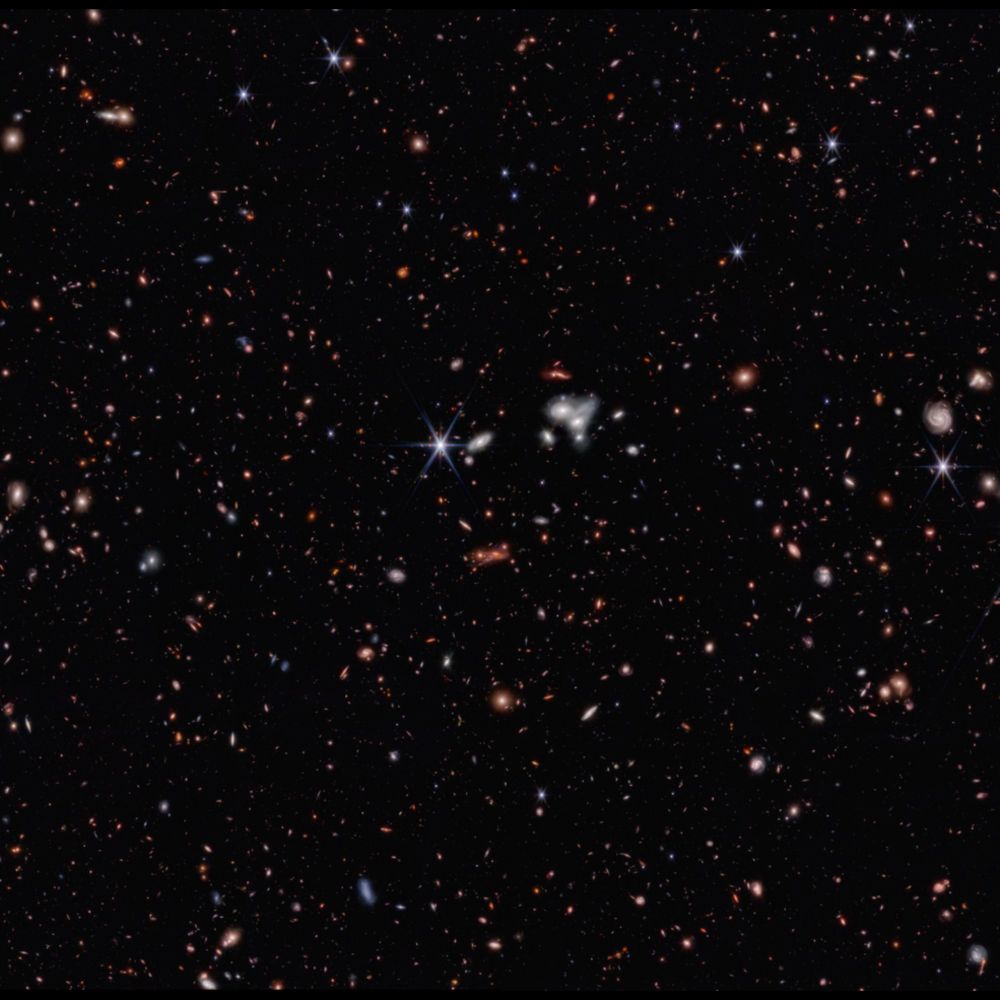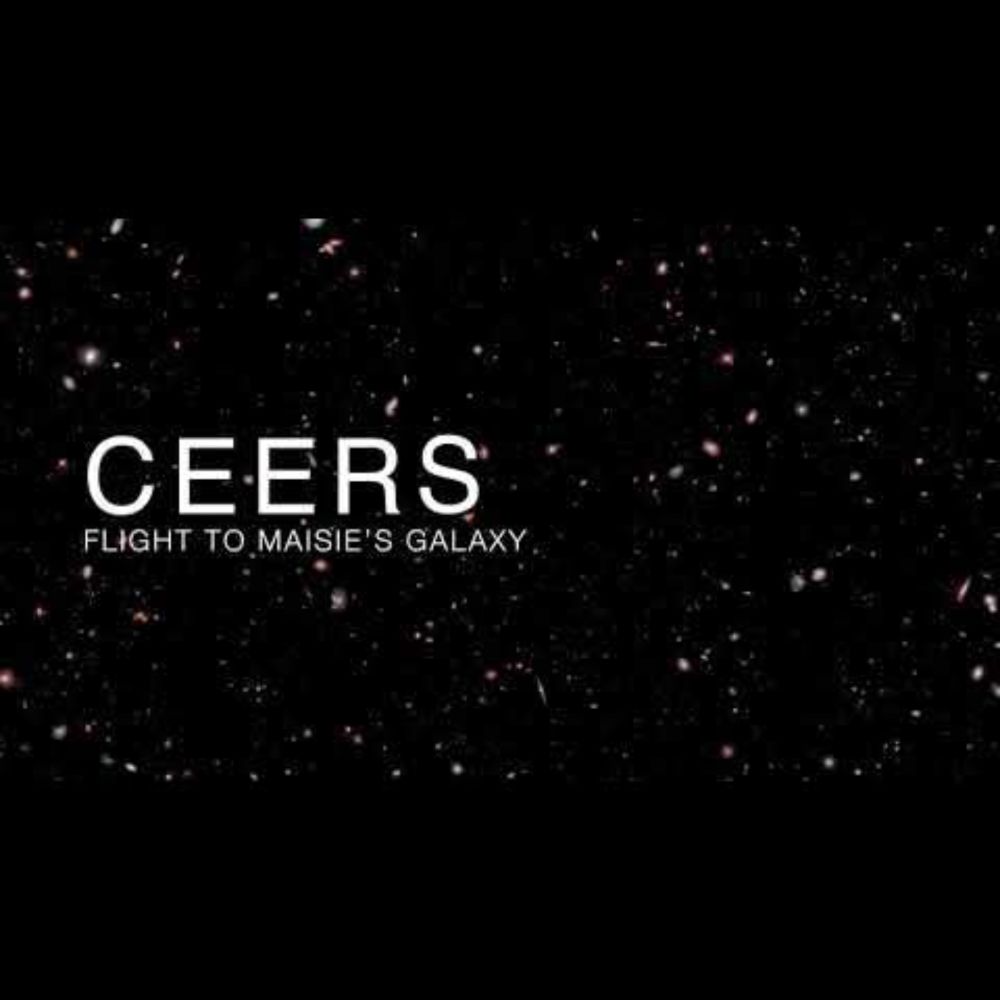
Dr. Rebecca Larson
@saturnswings.bsky.social
610 followers
150 following
13 posts
Ph.D. Astrophysics | U.S. Air Force Veteran | www.saturnswings.com
Posts
Media
Videos
Starter Packs
Reposted by Dr. Rebecca Larson
Yvette Cendes
@whereisyvette.bsky.social
· Aug 29

Ubiquitous Late Radio Emission from Tidal Disruption Events
We present radio observations of 23 optically-discovered tidal disruption
events (TDEs) on timescales of about 500-3200 days post-discovery. We detect 9
new TDEs that did not have detectable radio...
arxiv.org
NASA is marking the first anniversary of the James Webb Space Telescope’s scientific debut with the release of a new image, demonstrating the telescope’s ability to re-envision the universe.
🌌 See more discoveries from the telescope: https://wapo.st/3XQTIWc
🌌 See more discoveries from the telescope: https://wapo.st/3XQTIWc

Reposted by Dr. Rebecca Larson
Reposted by Dr. Rebecca Larson
Sarah Kendrew
@sarahkendrew.bsky.social
· Jul 12
We found the most distant (to-date) active black hole at the center of a galaxy ~570 Myrs after the Big Bang (>13.2B yrs ago)!! 🧪
Now with an official press release and fancy graphics from the fine people at Space Telescope Science Institute and NASA 😍
Now with an official press release and fancy graphics from the fine people at Space Telescope Science Institute and NASA 😍

Webb Detects Most Distant Active Supermassive Black Hole to Date
Researchers have discovered the most distant active supermassive black hole to date with the James Webb Space Telescope. The galaxy, CEERS 1019, existed just over 570 million years after the big bang,...
www.nasa.gov
Reposted by Dr. Rebecca Larson
Jeyhan Kartaltepe
@jeyhan.bsky.social
· Jul 6

Webb Detects Most Distant Active Supermassive Black Hole to Date
Researchers have discovered the most distant active supermassive black hole to date with the James Webb Space Telescope. The galaxy, CEERS 1019, existed just over 570 million years after the big bang,...
www.nasa.gov








